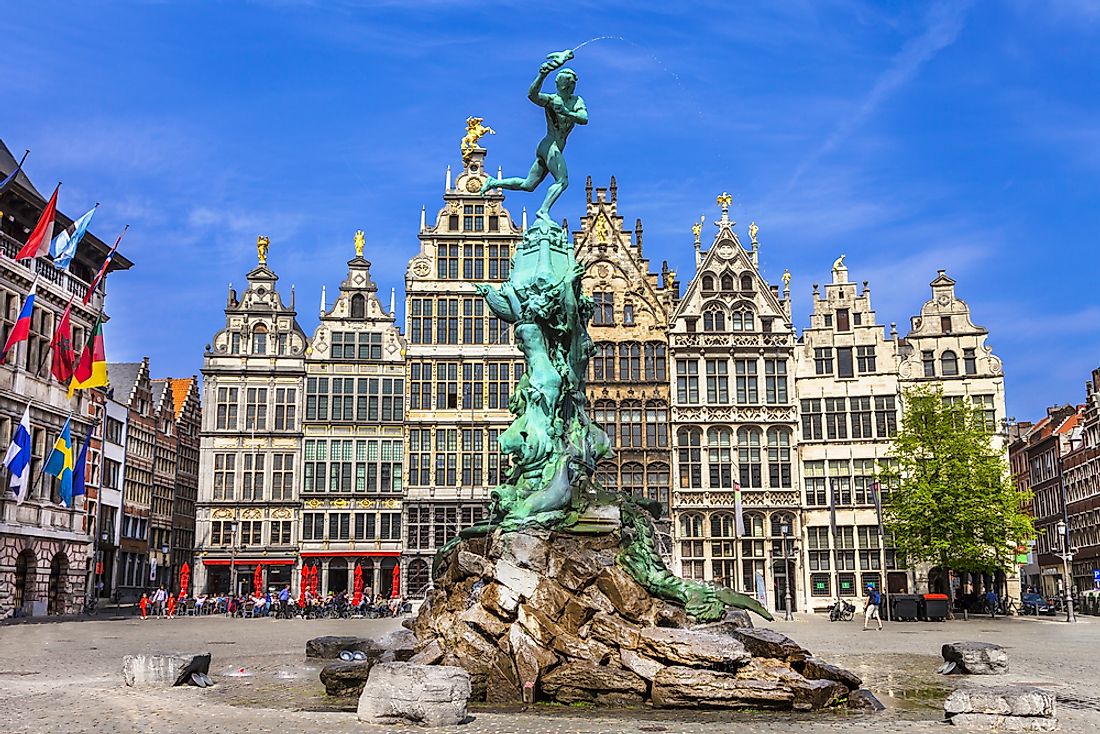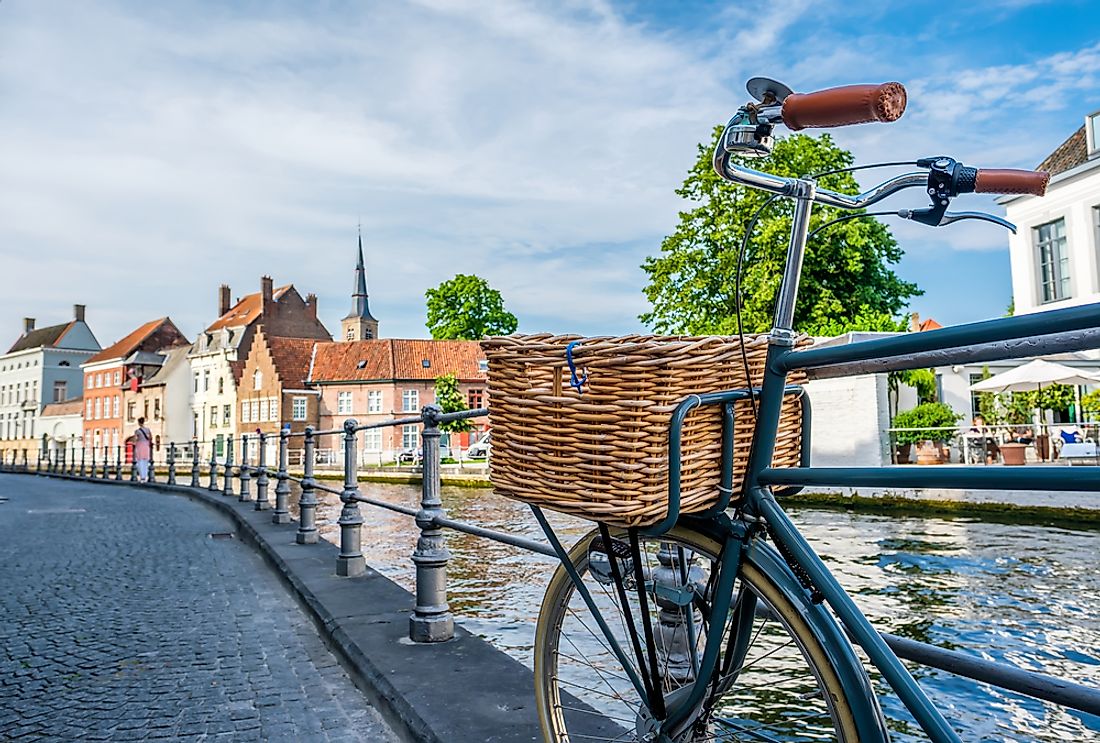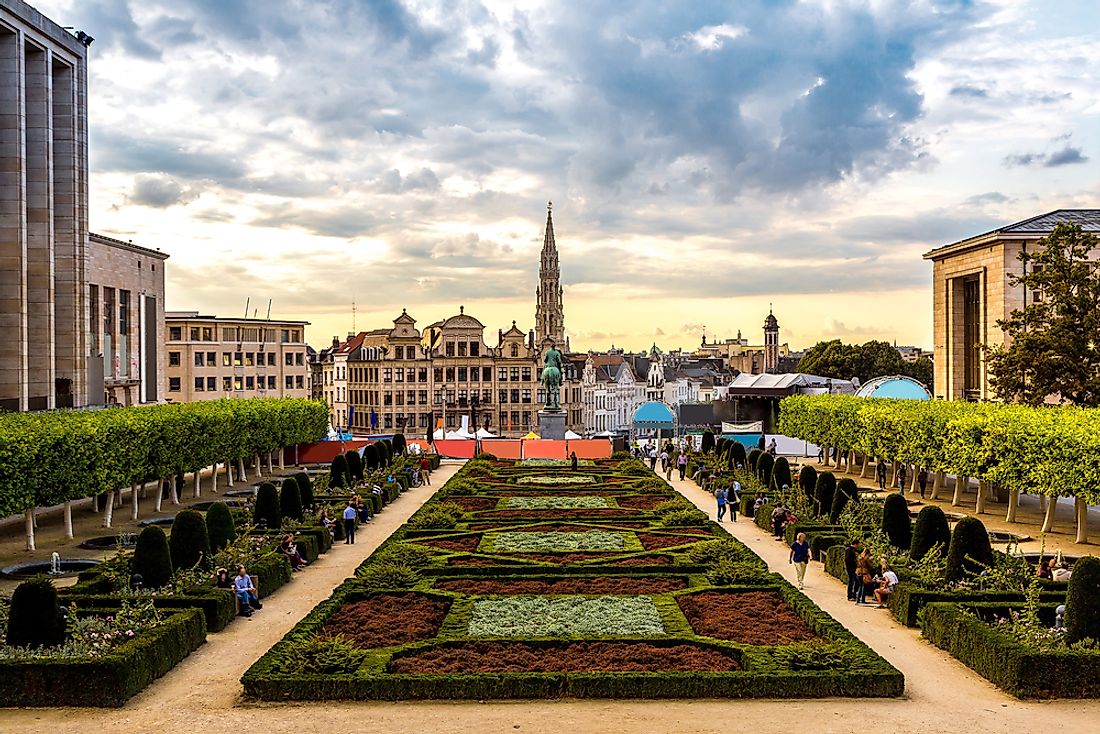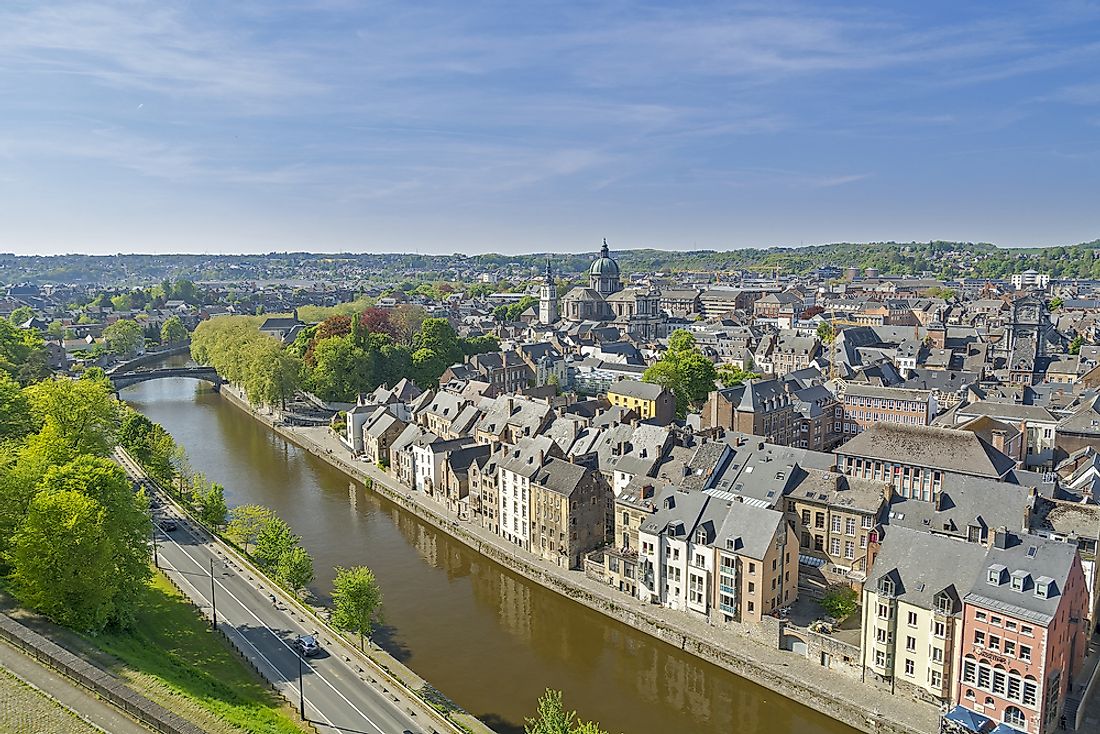What are the Regions of Belgium?

The Kingdom of Belgium is made up of 3 different linguistic regions: Flanders, Brussels Capital Region, and Walloon.
Where is Belgium?
Belgium is a sovereign state found in Western Europe. It is a densely populated country covering an area of 30,528 sq. km. It has a population of approximately 11 million people, and is bordered by Netherlands, France, Luxembourg, Germany and the North Sea.
Belgium is made up of three regions, each having considerable autonomy. The Walloon Region is the largest, followed by Flemish Region. The Brussels Capital Region is the smallest.
The three regions were formed as a result of splitting the province of Brabant. Originally, only 9 provinces existed and Brussels was part of Brabant. In 1995, Brabant was split into Flemish Brabant, Walloon Brabant, and Brussels became the third region.
3. Flemish Region

The Flemish Region is also referred to as Flanders and is found on the northern side of Belgium. It is the second largest region, constituting 44.29% of the country. It is divided into 5 provinces with a total of 308 municipalities. The official language spoken in this region is Dutch. However, French is also used in some areas that border the Walloon region. Upon its establishment in 1980, all its constitutional powers were transferred to the Flemish community. Therefore, the Flemish people are represented by both the Flemish Government and the Flemish Parliament. This includes the Flemish community in the Brussels Region. The Flemish Region is hence governed by Flemish Community institutions.Some of the cities in this region include Aalst, Leuven, Antwerp, Ghent, and Bruges. It is headed by Geert Bourgeois.
2. Brussels Capital Region

This region is located in central Belgium. The region hosts a population of 1.2 million people. It is the smallest region occupying only 0.53% of the country's total land area. French and Dutch are the official languages although French is more widely spoken. It is the only region with no provinces as it was originally part of the province of Brabant. It has 19 municipalities including the capital city, Brussels. Brussels also doubles up as the capital city for both the French and Flemish communities. The French and Flemish communities have their seats (Parliament and Government) in Brussels. Brussels is also the de facto capital of the European Union. Since it is not divided into provinces, 99% of the areas of provincial jurisdiction are assumed by the Brussel regional institutions. The Minister President is Rudi Vervoort.
1. Walloon Region

The Walloon Region is the largest of all the three regions of Belgium. It covers an area of 16.844 sq.km, which is 55.18% of the country. It is located in the southern part of Belgium with its capital at Namur. Other cities found in this region include Liege, Mons, Seraing, Verviers, Tournai, among others.The official language spoken in this region is French. It has 5 provinces with a total of 262 municipalities. The Wallonia region is governed by The Parliament of Walloon and the Government of Walloon. The region has autonomy in foreign policies, and is capable of executing treaties and pursuing its own foreign policies. The region hosts a German speaking community who occupy the East of Walloon. However, the two (Walloon and the German speaking community of Belgium), are independent of one another. The German speaking community of Belgium has its own Government and Parliament. The Minister President of this region is Paul Magnette.







